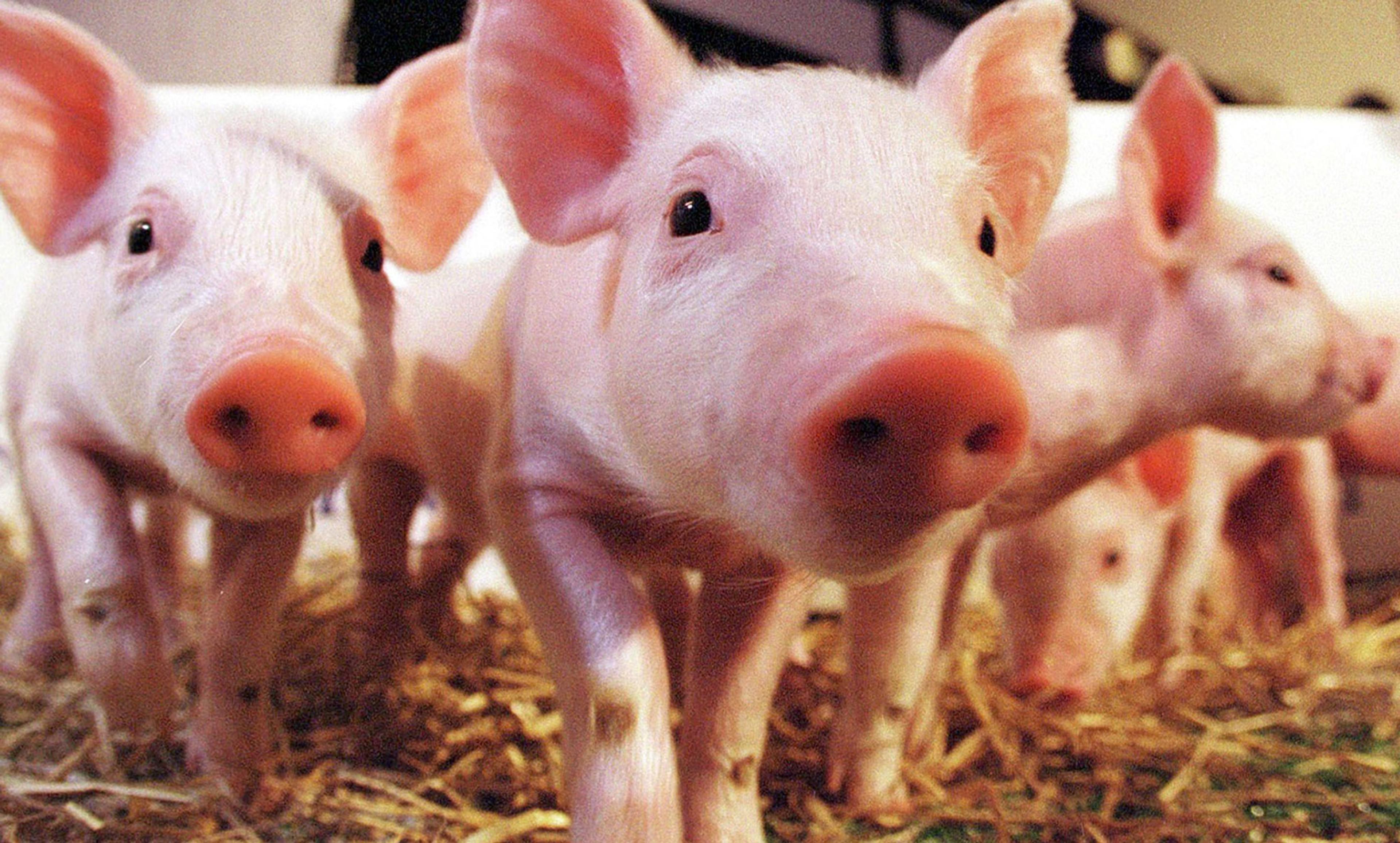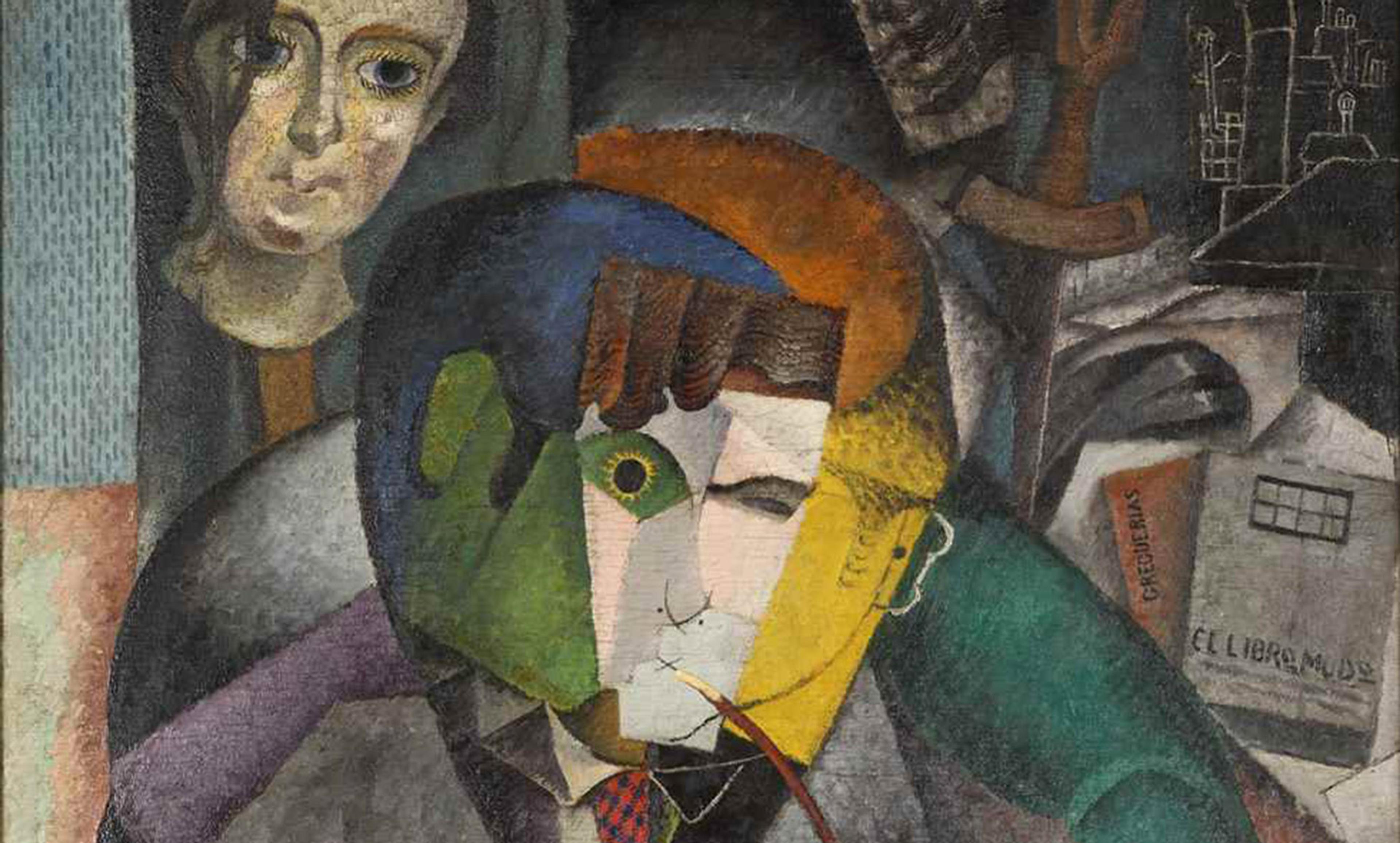
JN Flickr
There is a well-documented organ shortage throughout the world. For example, 3,000 kidney transplants were made last year in the United Kingdom, but that still left 5,000 people on the waiting list at the end of the period. A lucrative trade in organs has grown up, and transplant tourism has become relatively common. While politicians wring their hands about sensible solutions to the shortage, including the nudge of opt-out donation, scientists using genetic manipulations have been making significant progress in growing transplantable organs inside pigs.
Scientists in the United States are creating so-called ‘human-pig chimeras’ which will be capable of growing the much-needed organs. These chimeras are animals that combine human and pig characteristics. They are like mules that will provide organs that can be transplanted into humans. A mule is the offspring of a male donkey (jack) and a female horse (mare). Horses and donkeys are different species with different numbers of chromosomes, but they can breed together.
In this case, the scientists take a skin cell from a human and from this make stem cells capable of producing any cell or tissue in the body, known as ‘induced pluripotent stem cells’. They then inject these into a pig embryo to make a human-pig chimera. In order to create the desired organ, they use gene editing, or CRISPR, to knock out the embryo’s pig’s genes that produce, for example, the pancreas. The human stem cells for the pancreas then make an almost entirely human pancreas in the resulting human-pig chimera, with just the blood vessels remaining porcine. Using this controversial technology, a human skin cell, pre-treated and injected into a genetically edited pig embryo, could grow a new liver, heart, pancreas or lung as required.
This is a technique with wider possibilities, too: other US teams are working on a chimera-based treatment, this time for Parkinson’s disease, which will use chimeras to create human neurones. CRISPR is also credited with enhancing the safety of this technique: last year, a team from Harvard was able to use the new and revolutionary technique to remove copies of a pig retrovirus.
Safety is always a major concern when science allows new medical developments. But even if a sufficient guarantee of safety could be achieved, there are further ethical problems that should concern us.
A chimera is a genetic mix. This means that, although the aim might be to isolate only certain organs to express human genetic material, the whole chimera will in fact comprise the genetic material of both humans and pigs. It is not a pig with a human pancreas inserted into it – it is a human-animal chimera, whose pancreas resembles a human’s, and whose other organs are a blend of pig and human. This could affect the chimera’s brain. Pablo Ross, the lead researcher in the pig experiment, is quoted by the BBC as saying: ‘We think there is very low potential for a human brain to grow.’ Even if in this particular case he is correct, given that some of this kind of research is indeed focused on neurons, it is possible that some future chimeras will develop human or human-like brains.
Where the genetic material of humans and animals are mixed, this might result in characteristics that we usually think of as having moral relevance. ‘Moral status’ is the standing or position of a being within a hierarchical framework of moral obligations. The moral status of a chimera entails relevant obligations to treat it in certain ways while it is alive, in virtue of its nature, and has implications for whether it is wrong to kill it.
How should we respond to chimeras when we are uncertain of their moral status? At present, chimeras created in laboratories are destroyed as embryos. But in order to harvest organs, full gestation would be needed. When that happens, do the human-animal chimeras have a moral right to continued existence? If there is any doubt about the cognitive abilities of this new life form, we should check the chimera for its functionality. We should not assume it has the cognitive function of a normal pig. We should rear it humanely with social contact, and assess its function and abilities as it develops.
Moral status and the types of abilities or attributes that underpin it have been the focus of whole libraries of philosophical discussion. Candidates include species membership, sentience, higher cognitive functioning, and personhood. It is worth noting that pigs have greater cognitive ability than they had been credited with previously. Human-pig chimeras have the potential for much higher cognitive ability even than this, so, in the absence of conclusive evidence, the default position should be that we assign them high moral status until further research has confirmed or disproved this.
Any human-pig chimera should, then, be assessed against the criteria of personhood. This is by no means straightforward. Just to give one example, if synthetic biology creates a network of neurons in vitro, this would raise the question of whether it could become conscious, how we would know if it did, and then the further question of how it should be treated. In the absence of conclusive research on these questions, any such chimera should be accorded the highest moral status consistent with its likely nature. If there is a chance a new lifeform could experience pain or might not be able to interact socially, and we don’t know, it should be treated as if it does experience pain and will have problems of social adaptation. Likewise, if it could plausibly have higher cognitive functions, it should be treated as if it would have them. In considering the new life forms we create, we should err on the side of sympathy and generosity.





